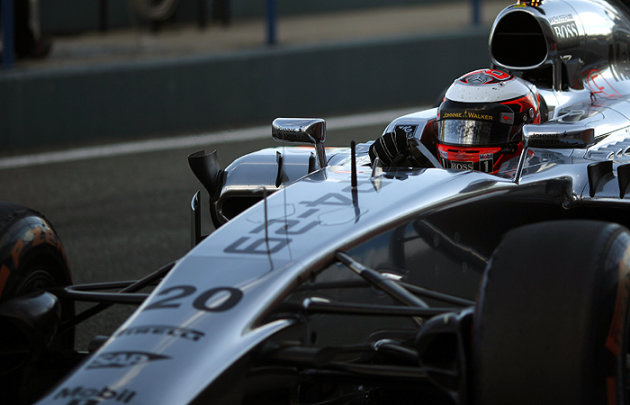 Formula One has a huge opportunity to improve its fan offering this week when bosses meet to discuss changes to the qualifying format – but could action from the Winter Olympics point to a new solution?
Formula One has a huge opportunity to improve its fan offering this week when bosses meet to discuss changes to the qualifying format – but could action from the Winter Olympics point to a new solution?
Qualifying has long been a problem for Formula One in the TV age.
It’s now 18 years since the sport dropped its aggregated qualifying format, which combined the times from two one-hour sessions on Friday and Saturday to decide the grid positions.
Back in those days, cars had been tuned to deliver the ultimate one-lap performance, with qualifying-spec engines and super-sticky tyres. It led to blistering laps and jaw-dropping moments – and with the king of high-pressure single laps, Ayrton Senna, often heading out on track in the dying seconds of the session, it delivered excitement to the wire.
But long periods with no cars on track - as teams waited until late on to run, as well as the potential for rain to create a washout - meant it was not able to deliver the spectacle required for TV.
There was also the fundamental issue that it pre-positioned the field in order of relative pace for the race - meaning the fastest were always at the front and could speed off into the distance.
That’s why the format was torn apart in 2003.
The first solution was to give drivers an empty track and just one lap in which to set their time, with the lap done on the fuel with which the car would start the race (it was the days of refuelling) in an effort to mix up grids through fuel level gambles.
But it didn’t really work.
F1 lost the flat-out pole battles and teams quickly worked out the optimum fuel level to run with and all went for the same solution.
Subsequent tweaks tried to bring low-fuel running back into the mix, but it was always a compromise and the current three-part qualifying knockout and top-10 shootout was introduced in 2006.
The fuel weight was still not sorted until refuelling was banned and a low-fuel format came back in 2010 – but now the limit is on tyres, as teams have a restricted number available to them and often don’t want to waste a set in qualifying when they’re towards the back of the top-10 shootout.
So, what can be done?
The current options on the table are to either make drivers in the final top-10 shootout start the race on the tyres they used in the previous session or to issue extra tyres for the shootout.
The latter would at least ensure all drivers went for it and pushed hard for pole – and it could give Pirelli the chance to offer up a super-sticky qualifying tyre to spice things up a bit more.
But is that going far enough?
Perhaps F1 could learn from the drama on show in the Olympic ‘Snowboard cross’ competition in Sochi last weekend.
In that event, six riders raced down the narrow slope head-to-head in two semi-final heats chasing a place in the final. Some of the favourites were knocked out through mistakes, some of the outsiders made it to the final and grabbed the glory.
So how about this. Instead of the top-10 shootout, F1 has two 5-car race-offs. Two laps. Lined up in finishing order from Q2. No turbo boost or ERS limits, and no restrictions on tyres. And the top two from each goes through to a final.
It could deliver on both fronts – an exciting qualifying and the potential for cars to be out of position.
It may take a bit of refining, but if F1 can gamble on double points, then surely this kind of radical take on qualifying should be on the table...
No comments:
Post a Comment